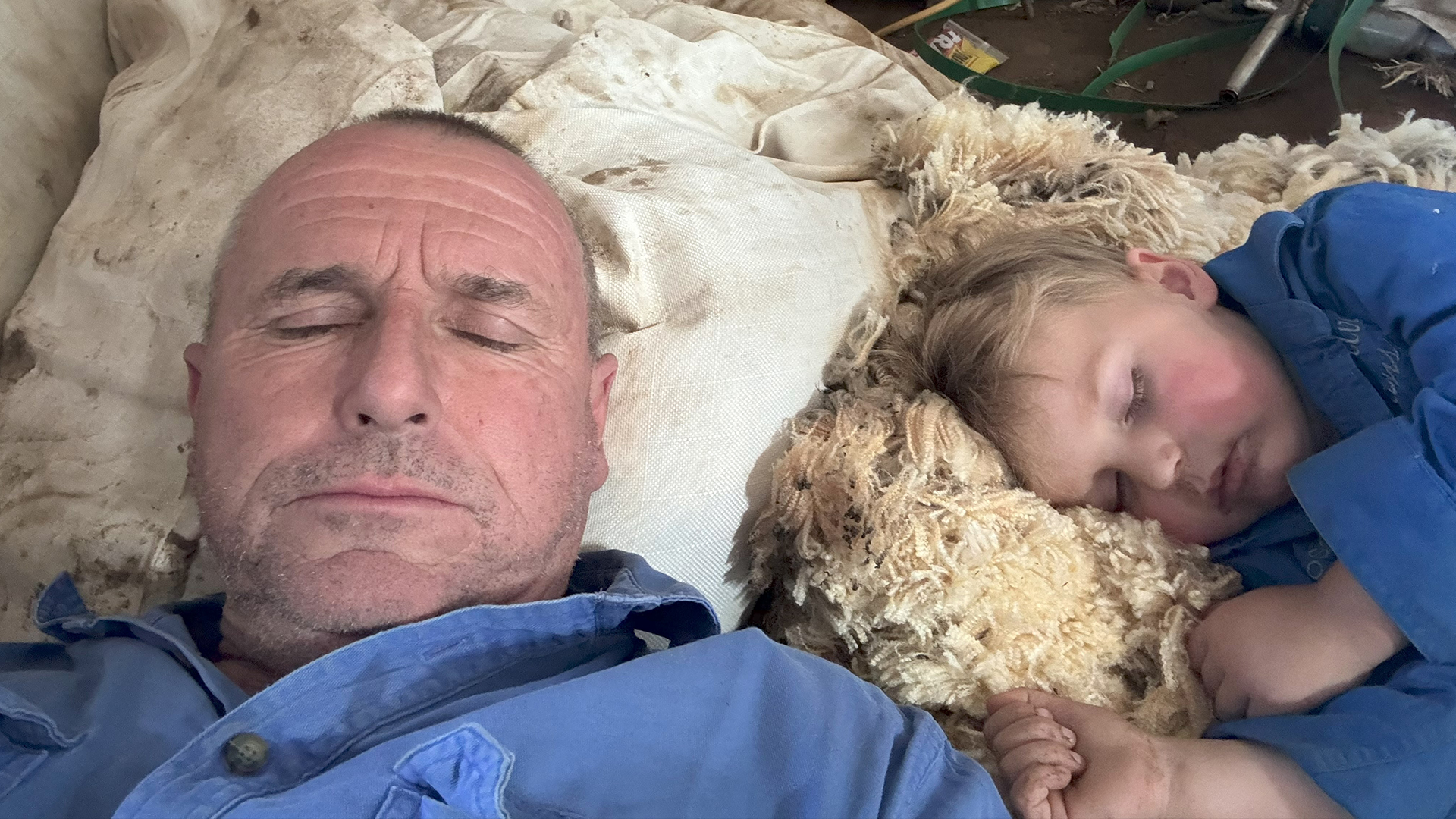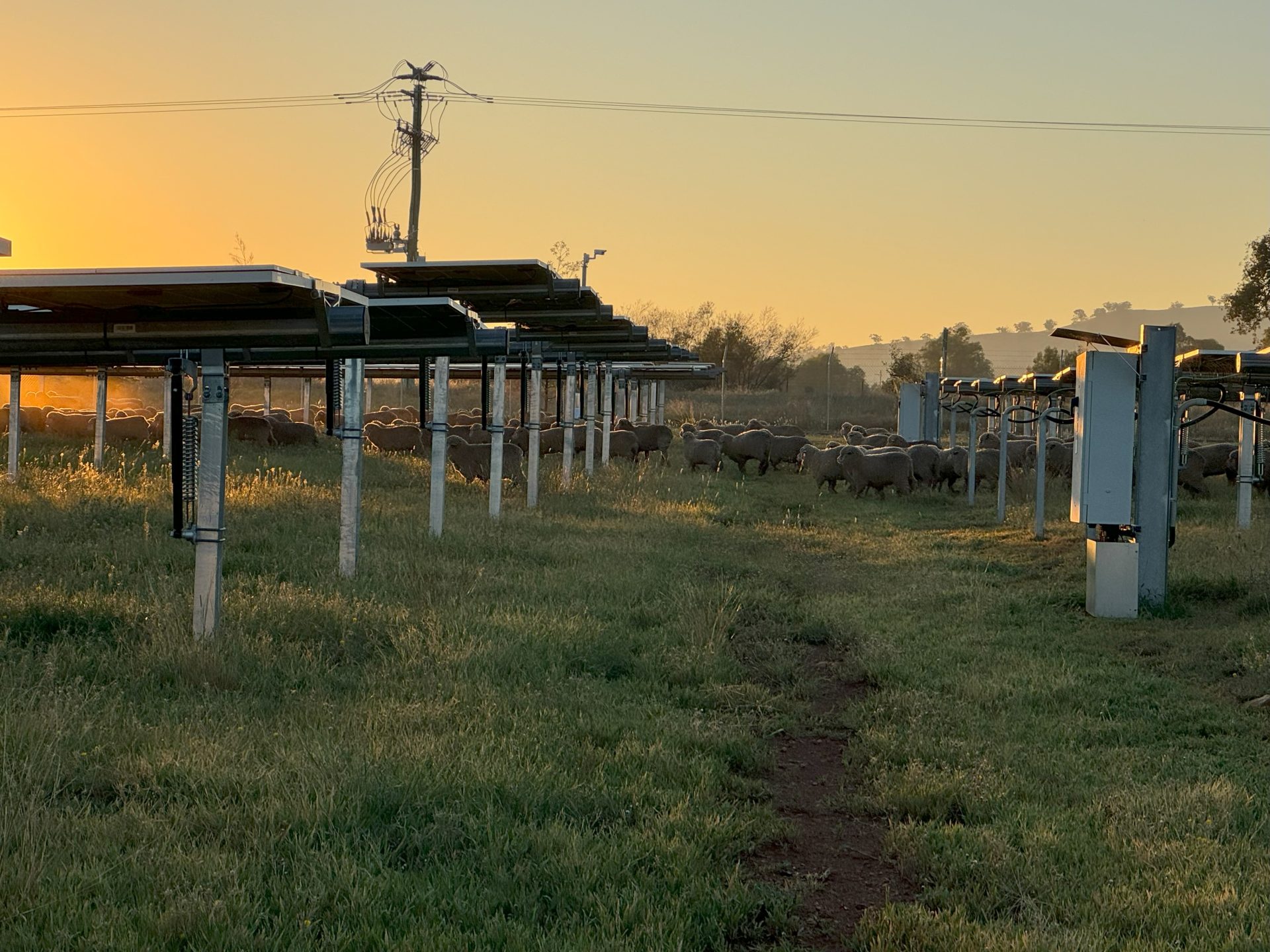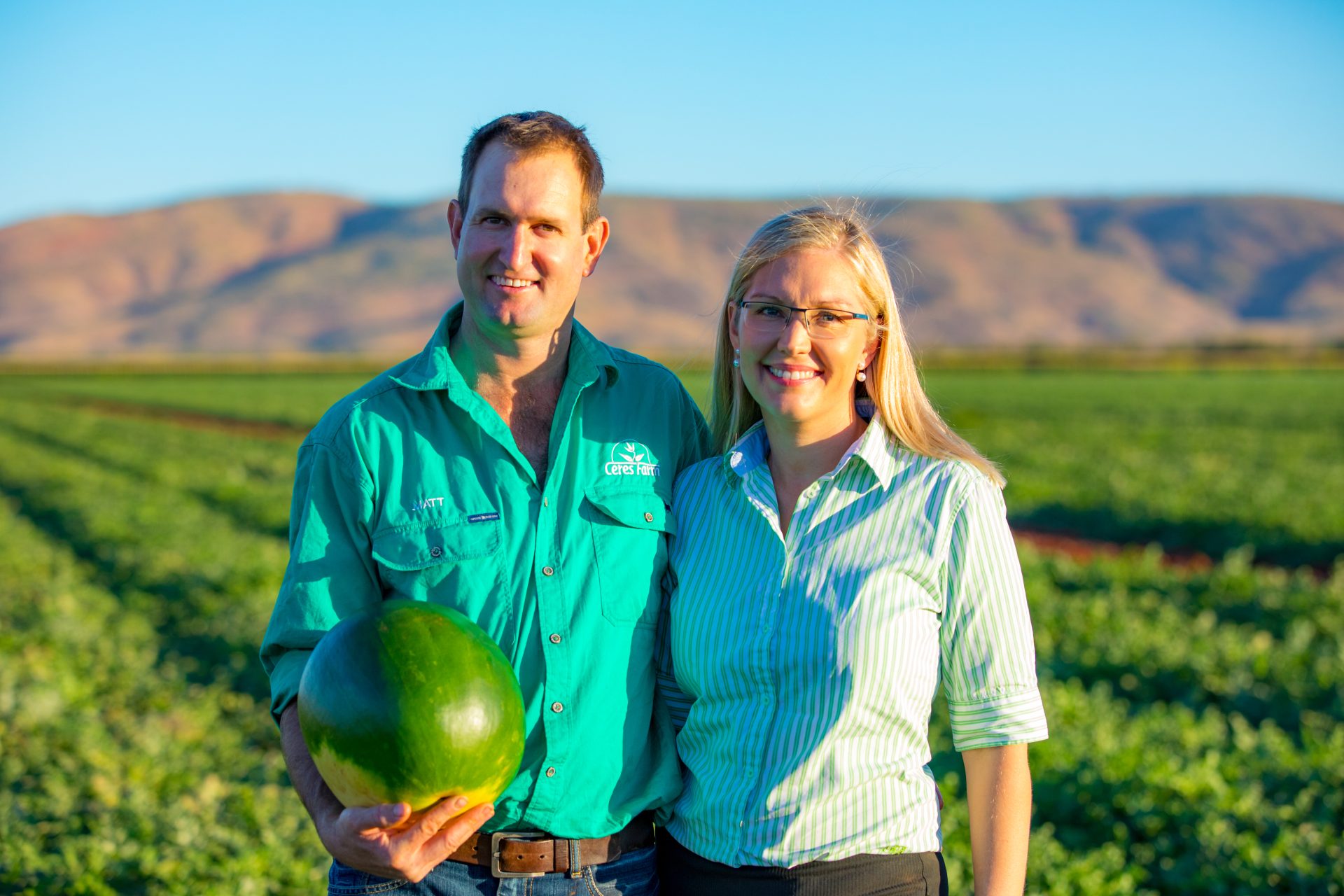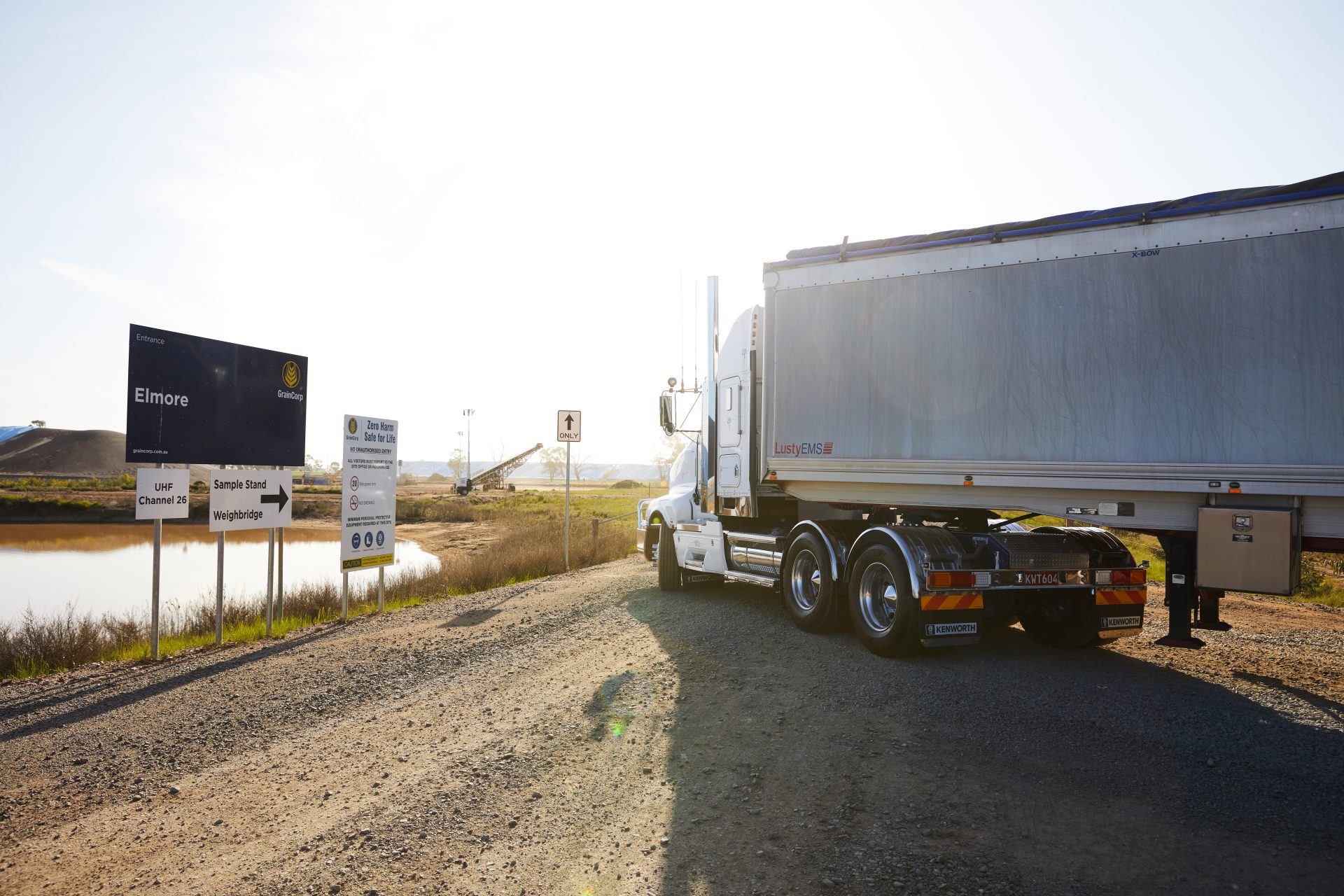Tall tales regularly get told in pubs around the country, but it’s rare when they involve agrivoltaics – the combination of agriculture and solar electricity generation – and lead to extraordinarily successful business outcomes.
Several years ago, a sixth-generation western NSW wool farmer Tony Inder was yarning over a beer with a Lightsource bp employee who worked at the Wellington solar farm, about 50kms south-east of Dubbo.
When the conversation turned to business, the Lightsource bp worker mentioned the burdensome cost of mowing the solar farm six times a year, prompting Mr Inder’s rejoinder that he had some hungry sheep that could do with some extra nourishment.
The solution of grazing 1700 merino sheep at the solar farm has yielded some surprising results over the last three years.
Lightsource bp – to be wholly owned by the oil and gas giant BP in the middle of this year after a deal closes to buy the half-share it doesn’t already own – now only needs to mow its solar farm twice a year, but the benefits for Mr Inder have been off the scale.
“We’ve found that any amount of rain is beneficial because there’s no gutter effect with the panels, so we’re continually getting growth,” he said.
“Our stocking rate is also going up and our wool quality has increased significantly, mainly, I think, because variable rain means our sheep can go from a lush feed to dried grass to standing hay up to six times a year, which means you can get breaks in your wool production and the tensile strength can be slightly weaker.
Mr Inder said the effect has been a lot better than he thought it would be.






